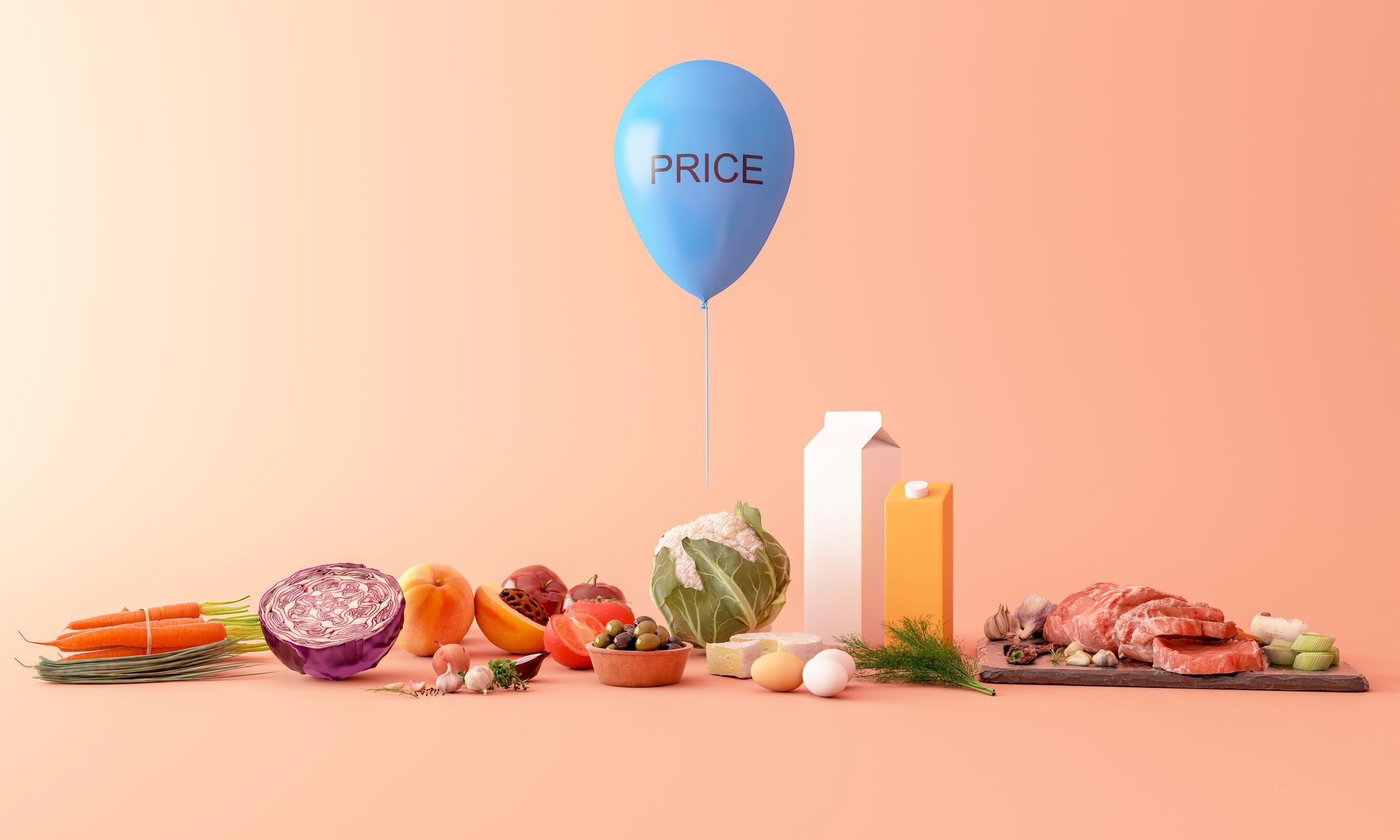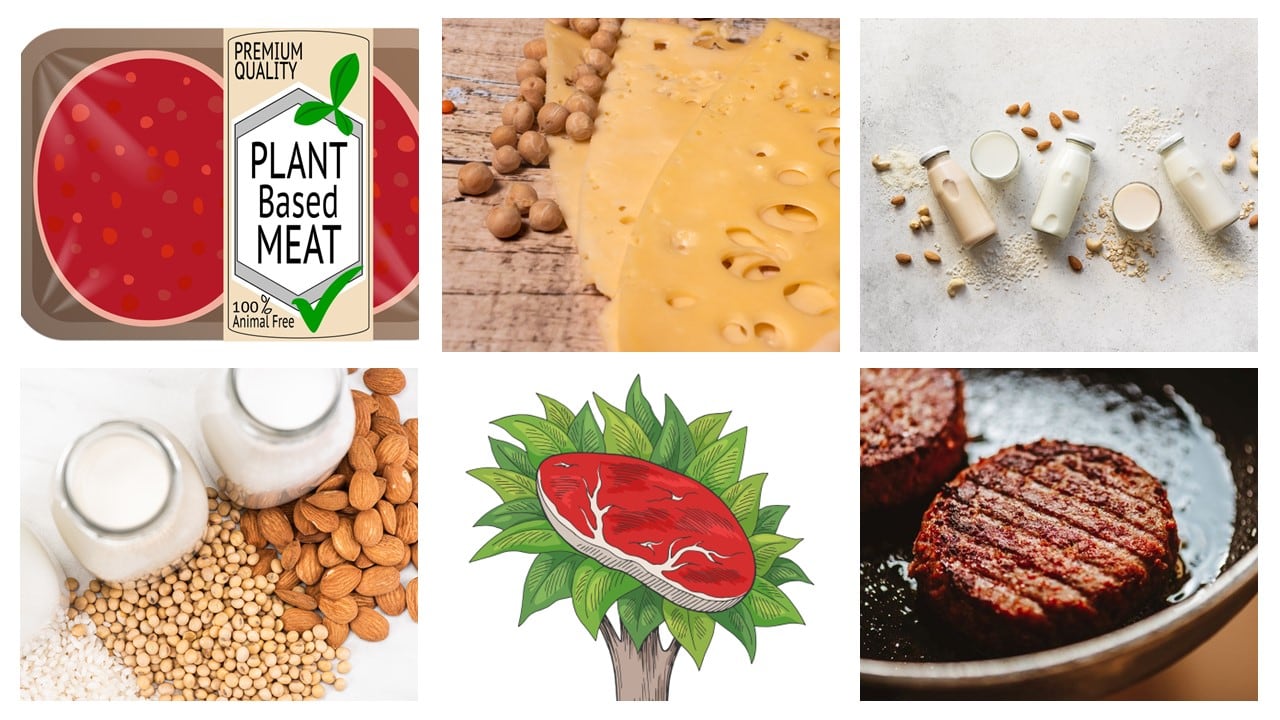“The pace of food inflation is leveling off but remains at a robust 13% level versus one year ago,” said Krishnakumar (KK) Davey, president of thought leadership for CPG and retail at IRI and The NPD Group. The two market research firms merged in August to bolster insights and data-driven advisory services across industries.
“We expect prices to remain high in the first half of next year as manufacturers are projecting nearly double-digit cost of goods inflation – this is the new normal,” he added.
In its latest Price Check: Tracking Retail Food and Beverage Inflation report, IRI leverages point-of-sale data for November 2022 and includes data across U.S. food channels, including grocery, drug, mass market, military commissaries and select club and dollar stores, as well as e-commerce.
Promotions uplift Thanksgiving celebrations
This year’s Thanksgiving celebration was not diminished by inflation, with IRI reporting a strong volume sales lift of 72% compared to pre-Thanksgiving weeks and a 6% year-on-year increase despite the overall cost of goods.
“Inflation for the typical Thanksgiving meal was up 14.2% versus one year ago, driven by pies (+16.6%), side dishes (+17.8%) and baking (+17.4%), while main dishes were up 11.8% versus one year ago,” the report noted.
Much like last year, promotions featured highly with approximately 44% of Thanksgiving sales sold on deal, including 50% of main dishes and 54% of pies sales. This contributed to $2.95 billion in Thanksgiving retail sales in 2022, up from $2.73 billion in 2021.
Significant variation across store
Within the store, inflation has moderated, but IRI highlighted the significant range in prices checked across products, which Davey attributes to commodity and ingredients costs, pricing discipline of manufacturers and fluctuating fresh prices.
“Perimeter areas, including produce and deli, have seen inflation moderate to 8.2% versus one year ago, while inflation within center store, which includes snacks, frozen meals and other frozen foods, has leveled off in November at 14.9% versus one year ago,” IRI noted. Center store categories accounted for 76% of sales, with the remainder sold on the perimeter.
Across products, alcoholic beverage segments, along with fresh meat and seafood, were up 4.3% from October and 6.3% year-on-year. Increases were more dramatic in other categories such as dairy (+23.4%) and bakery (+18.4%). The cost of eggs, driven by bird flu issues, is up 3% since October but a whopping 68.2% compared to last year.
Categories with the largest month-over-month price decreases included root vegetables (-7.2%), bacon (-3.4%), butter/margarine/spreads (-2%) and chocolate candy (-2%).
Trading down and splurge spending
“IRI anticipates consumers will continue their trading down behavior over the December holidays and into the new year,” Davey said.
In the face of leveling but still substantial inflation, shoppers may continue to employ a range of cost-cutting strategies – switching to private labels, trading out of expensive food categories, trading down to mainstream and value brands, and cutting down on meals out, but IRI noted that there is still room for a bit of indulgence.
“In some segments, consumers will splurge to celebrate the holidays,” Davey said. “Retailers and manufacturers with an in-depth understanding of consumer strategies have an excellent opportunity to build loyalty by offering products, price points and package sizes that provide good value.”
As to which segments will benefit from permissible extravagance, Davey highlighted premium hydration entrants, snacks like dried fruit and non-chocolate candy, and authentic pasta sauces. Alternatively, he cited significant volume declines in frozen dinner and entrees (-7.9%), breakfast meats (-6.5%), frozen seafood (-8.4%) and coffee (-5.5%) since this time last year.
US Bureau of Labor Statistics weighs in
According to the most recent U.S. Bureau of Labor Statistics Consumer Price Index, both the food index and the food at home index increased 0.5% in November.
Four of the six major grocery store food group indexed also increased over the month: fruits and vegetables were up 1.4% after falling 0.9% in October, cereals and bakery products rose 1.1%, and dairy and related products increased 1%. The index for nonalcoholic beverages rose 0.7% in November compared to 0.5% the previous month.
In contrast, the index for meats, poultry, fish, and eggs fell 0.2% after increasing 0.6% in October, with beef falling by 0.8% and pork by 0.3%. The index for other food at home also declined in November, falling 0.1%.
Looking back over the last 12 month, the index found that food at home index rose 12% - with cereals and bakery products, as well as dairy and related products, both rising 16.4% over the year. The remaining major grocery store food groups posted increases ranging from 6.8 % (meats, poultry, fish, and eggs) to 13.9% (other food at home), according to the CPI.




